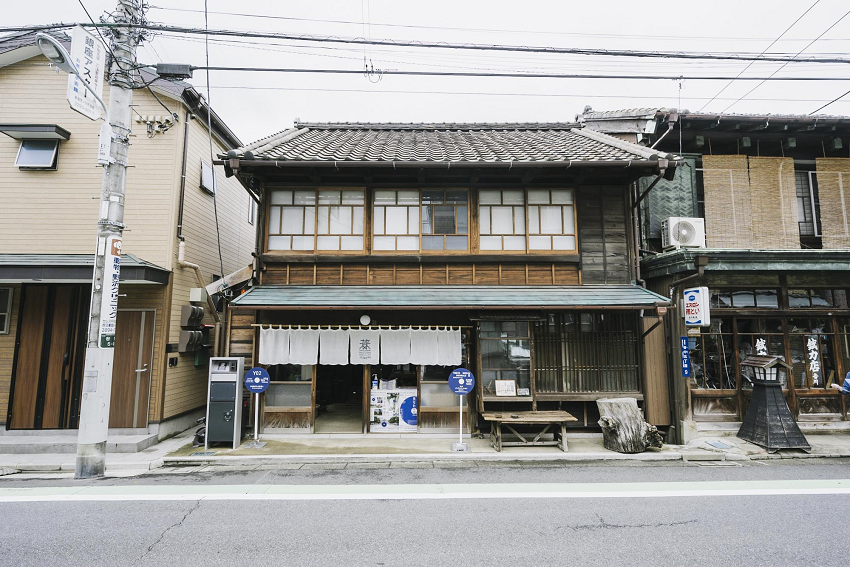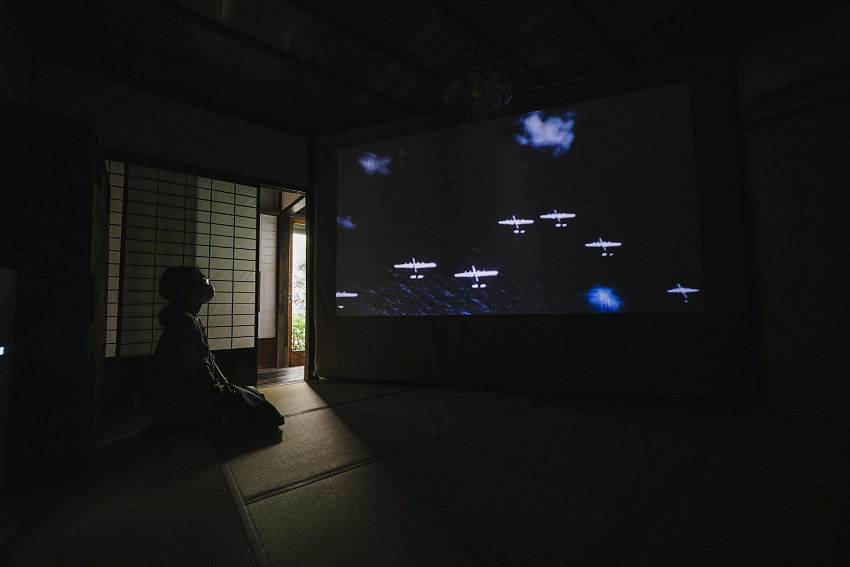Documenting what’s left behind

For Associate Professor Fiona Amundsen the ongoing restrictions due to Covid-19 has meant she has had to adapt and pivot her art.
She was due to be artist in residence in Tokyo from August 2021 as her work "Our Remaining Breath" was exhibited at the Tokyo Biennale. Although she was not able to be in Tokyo, the work was exhibited, and Associate Professor Amundsen says she feels like the work could be expanded, once Auckland is out of lockdown, and international travel eventually becomes possible again.
""Our Remaining Breath", brings together three seemingly unrelated practices—rakugo, filmmaking, and zanshin. The project seeks to combine these practices in order to explore modalities for remembering and connecting with histories, related to Japan's imperial war efforts, that shape present-day society. The project works with local witness testimonies, rakugo methods of storytelling (namely listening and imagination), aikido practices of connection, and video documentation.
This project takes its title from the concept of zanshin, which is integral to the practice of aikido, a Japanese budō martial art, which Fiona practices.
"The Tokyo Biennale is centred in old Tokyo downtown; the area that bore the brunt of the Tokyo air raids and the devastation of World War II. It is in some ways the perfect location for "Our Remaining Breath", which captures memories and the legacy of Japan's imperial war efforts, as the area was so affected by the air raids.
"Zanshin translates as remaining mind, breath and body. The purpose of this concept in aikido is to practice a greater awareness of a technique just executed, or put differently, to develop an embodied consciousness with the continuity of a created and shared experience. This alertness is not a one-off instance, but rather functions as a kind of durational continuum that shifts away from any sense of concrete knowledge or experience gained through a technique. Instead, zanshin establishes a time and space where relational witnessing, watching, seeing, imagining, listening and thinking come together as one.

"As a practitioner of aikido, and a producer of filmic images, I have started to explore how zanshin is socio-politically and ethically relevant to the production and reception of lens-based images that negotiate the contemporary presence of historical colonial and imperial violence. Zanshin may enable a stronger socio-politically and ethically embodied relationship to how the past informs a collective understanding of the present.
""Our Remaining Breath" uses strategies of imagination, abstraction, connection, conscious presence and listening to explore how histories reside in the present. There is a focus on how to use a camera, as well as rakugo and zanshin practices to invite intergenerational connections between those who have directly experienced Japan's war histories, and those who breath its remains into the future. "Our Remaining Breath" aims to use past narratives as a way to think of alternatives to the growing sense of nationalism that, while present in Japan, is globally reaching.
"The strongest message of this work is that we must not allow imperial war crimes to be committed again."